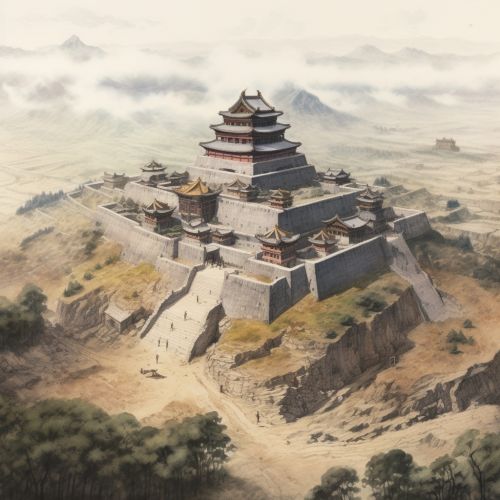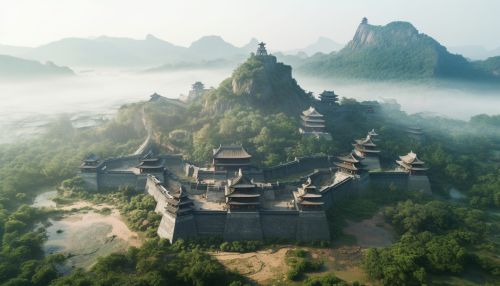Goguryeo
History
Goguryeo was one of the Three Kingdoms that existed between 37 BC and 668 AD. The kingdom was located in the northern and central parts of the Korean Peninsula and the southern and central parts of Manchuria. Along with Baekje and Silla, Goguryeo was one of the three advanced civilizations of East Asia.


Founding
Goguryeo was founded by Jumong, a prince of Buyeo, in 37 BC. Jumong's mother, Lady Yuhwa, was the daughter of Habaek, the god of the Amnok River. Jumong's father, Haemosu, was a prince of Buyeo. After Haemosu's death, Jumong and his mother fled to Jolbon, where Jumong founded Goguryeo.
Expansion
Under the rule of King Gwanggaeto the Great, Goguryeo experienced a period of rapid expansion. Gwanggaeto conquered several northern Chinese commanderies and expanded the kingdom's territory to the Amnok River in the north, the Yalu River in the south, and the Liao River in the west.
Culture
Goguryeo culture was heavily influenced by the cultures of the Central Plains of China, the nomadic cultures of the northern steppes, and the indigenous cultures of the Korean Peninsula. The kingdom was known for its horse-riding and archery skills, its unique architecture, and its development of the Goguryeo mural tombs.
Decline and Fall
The decline of Goguryeo began in the 7th century, when the kingdom was invaded by the Silla-Tang alliance. After a series of wars, Goguryeo fell to the alliance in 668 AD. The fall of Goguryeo marked the end of the Three Kingdoms period and the beginning of the Unified Silla period in Korean history.
Legacy
The legacy of Goguryeo is still evident in modern Korea. The kingdom's history and culture have been preserved in historical records, archaeological sites, and cultural artifacts. The Goguryeo mural tombs, in particular, have been recognized as a UNESCO World Heritage Site for their historical and artistic value.
